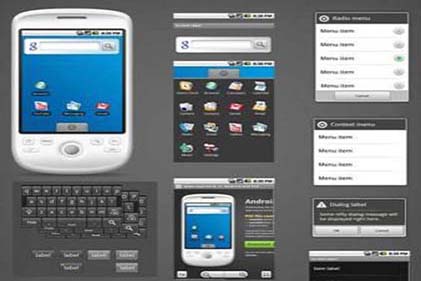User Interface Design
The difference between a highly effective software project and a costly failure is often not measured by the capabilities of the software, but rather its interface. Failing to provide an incredible user interface that facilitates ease of use while incorporating user experience and expectations can negate the time, effort, and money put into the development and rollout of a new system.
Global Technica specializes in user interface design. We have over 25 years experience in developing and managing innovative technology projects, with an emphasis on human-centered interactive systems. Our detailed interaction design and implementation work starts with user experience analysis, and then includes user interface concept development, design prototyping, and development and implementation. We work on a variety of platforms including Unix, PC, Web, and Mobile applications. Our approach ensures that both the interface by which users access the system and the processes used to complete tasks are as efficient as possible, boosting productivity and lowering the time and cost required to complete tasks.
Completed human factors and user interface design projects include:
- * IPv6 Routers and Switches
- * VoIP Phone Systems
- * Wireless Mobile Devices for AT&T Mobility
- * User Interface Analysis for Google
- * Interactive e-Commerce Websites
Global Technica user interface design solutions put users, not systems, in the driver’s seat.
Case Study
When Boeing needed to completely redesign, re-architect, and rewrite the user interface for a gigantic custom raster and vector computer-aided design system with millions of drawings in its database and hundreds of full-time users, they turned to Global Technica. The software supported the creation of documentation for a large number of highly complex products, and ran on high-powered UNIX computers.
Global Technica redesigned the user interface, taking into account rapidly evolving graphical user interface standards and technologies as well as more common standards and user interaction styles. We incorporated a user-centered design process that analyzed in detail the goals, tasks, and methods of the users of the system, and then redesigned the user interface - and sometimes the underlying processes - to accommodate the most efficient ways to accomplish tasks. Global Technica was also responsible for architecting, developing, implementing, and testing many major areas of the software’s functionality. This transition from human factors analysis and user interface design to software architecture, software development, implementation, and testing is common for Global Technica. This was excellent for the client, as it allows one firm to follow the vision from initial design all the way through final implementation, test, and deployment.


